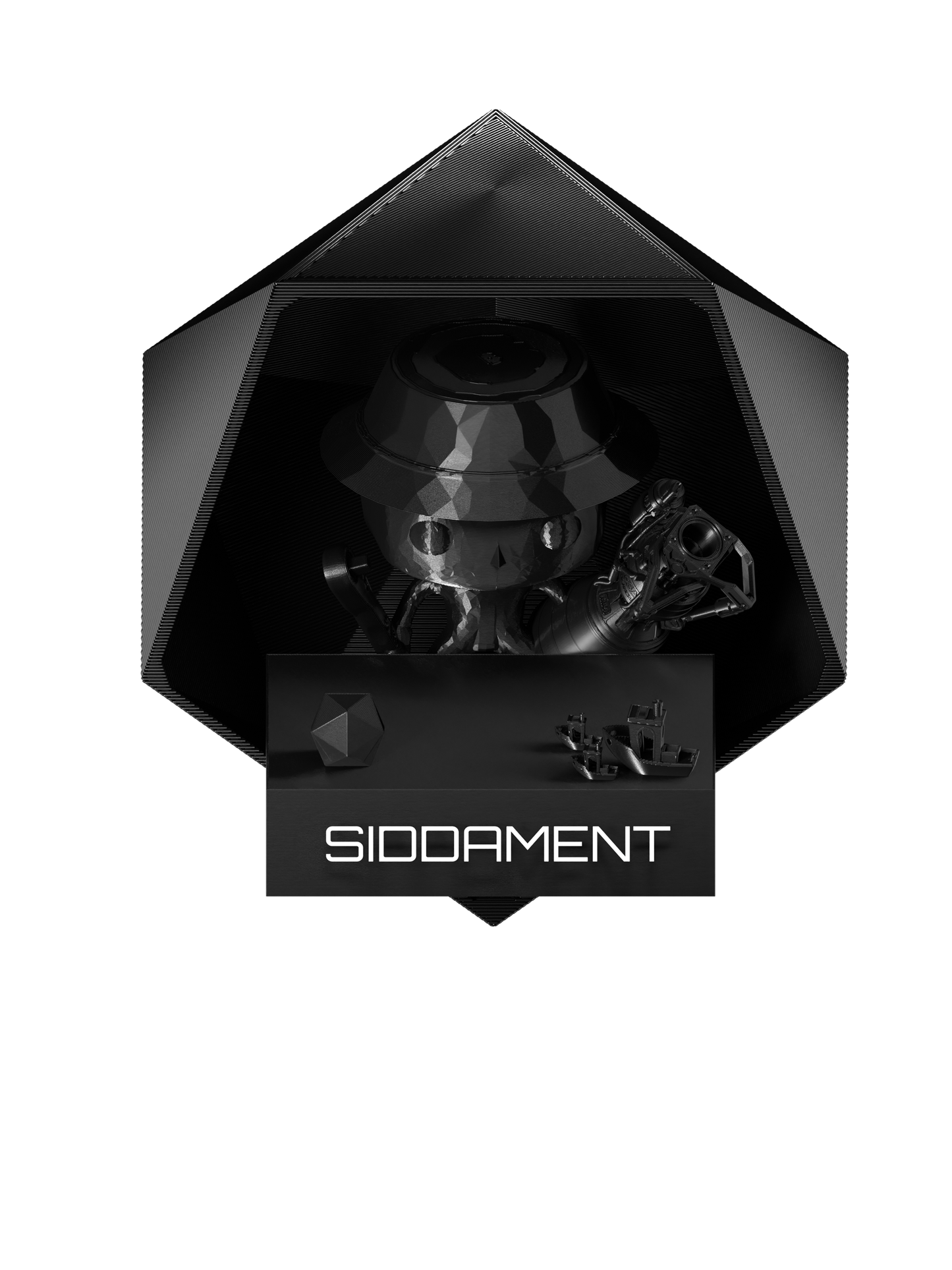Siddament V2
PCTG Black
PCTG Black
Out of stock
Couldn't load pickup availability
Black PCTG Filament – High clarity with unbeatable strength! This filament offers exceptional impact resistance making it perfect for projects that need durability, PCTG’s toughness ensures that your prints can handle stress without cracking or breaking.
Sidd's Notes and Applications:
PCTG delivers superior toughness. Keep the printed part in temperatures below 76°C for optimal performance.
⚠ Colour Variation Disclaimer
| 🔥 Hotend Temperature | 230-255°C |
|---|---|
| ♨️ Heated Bed Temperature | 80-110°C |
| 🏠 Enclosure | Not Required |
| 🛠️ Hardened Nozzle | Not Required |
| 💨 Drying Settings | 50-60°C for 10-12 hours |
| 🎨 Colour Stability | ✅ Stable |
| ⚙️ Diameter | 1.75mm |
| ⚖️ Weight | 1kg |
| 📦 Next Stock Comes | December 11, 2025 (in 5 days) |



 V2
V2
Refined filament for precision and consistency.

Engineered consistency
Dimensional stability and colour uniformity between batches.

Ready to print
Open, load, print — stable feed and clean layers.


